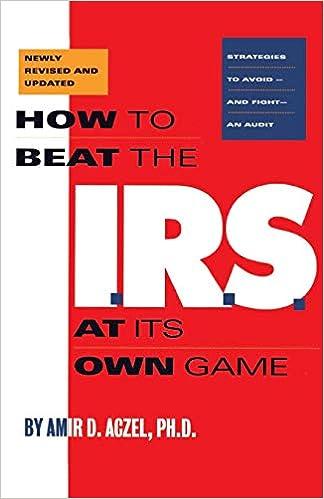Question
Required information Skip to question [The following information applies to the questions displayed below.] The Shirt Shop had the following transactions for T-shirts for Year
Required information Skip to question [The following information applies to the questions displayed below.] The Shirt Shop had the following transactions for T-shirts for Year 1, its first year of operations: Jan. 20 Purchased 540 units @ $ 7 = $ 3,780 Apr. 21 Purchased 340 units @ $ 9 = 3,060 July 25 Purchased 420 units @ $ 12 = 5,040 Sept. 19 Purchased 230 units @ $ 14 = 3,220 During the year, The Shirt Shop sold 1,230 T-shirts for $23 each.
A. Compute the amount of ending inventory The Shirt Shop would report on the balance sheet, assuming the following cost flow assumptions: (1) FIFO, (2) LIFO, and (3) weighted average. (Round cost per unit to 2 decimal places and final answers to the nearest whole dollar amount.)
B. Record the above transactions in general journal form and post to T-accounts using (1) FIFO, (2) LIFO, and (3) weighted average. Use a separate set of journal entries and T-accounts for each method. Assume all transactions are cash transactions.
C. Compute the difference in gross margin between the FIFO and LIFO cost flow assumptions.
Step by Step Solution
There are 3 Steps involved in it
Step: 1

Get Instant Access to Expert-Tailored Solutions
See step-by-step solutions with expert insights and AI powered tools for academic success
Step: 2

Step: 3

Ace Your Homework with AI
Get the answers you need in no time with our AI-driven, step-by-step assistance
Get Started


